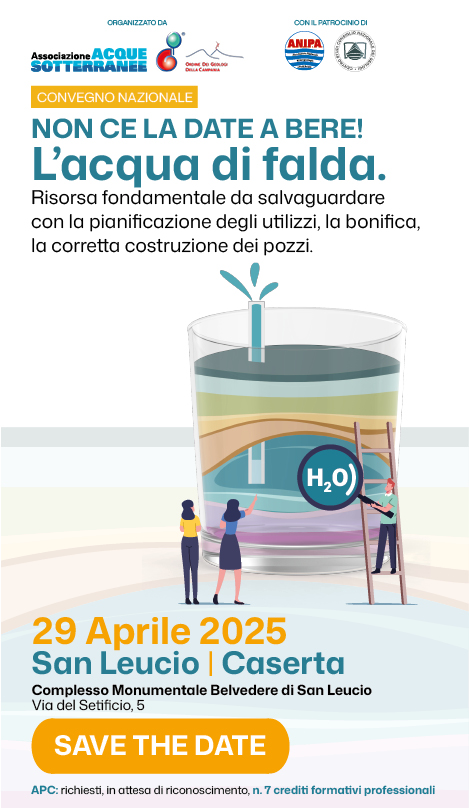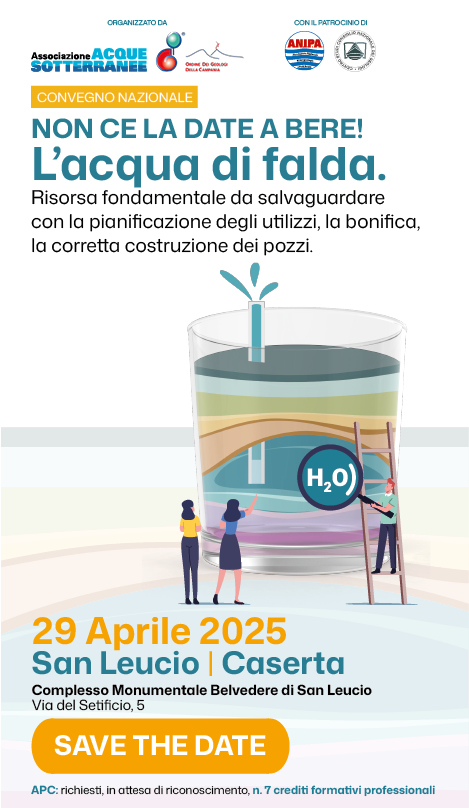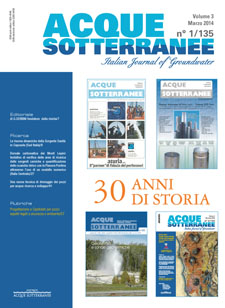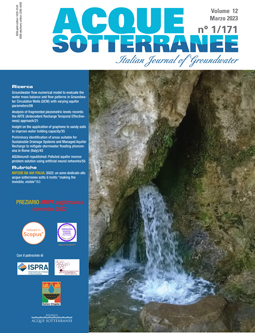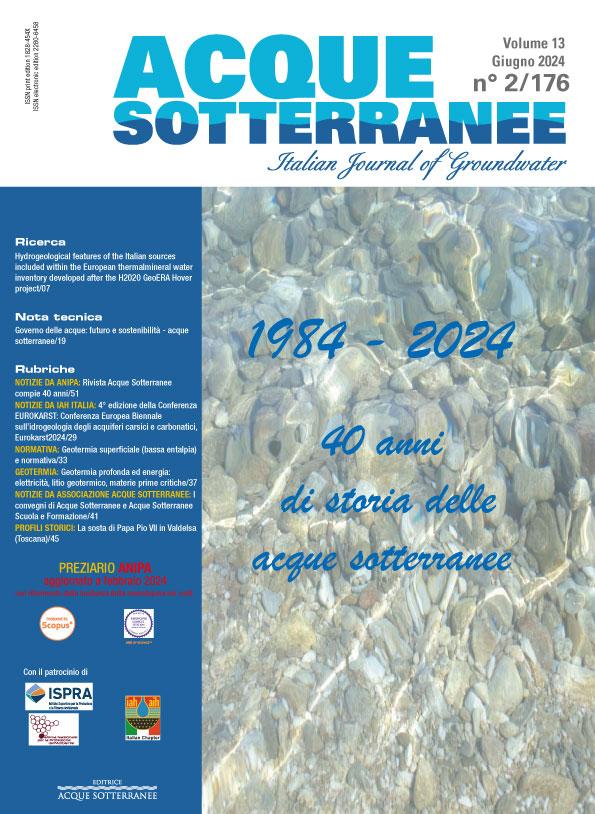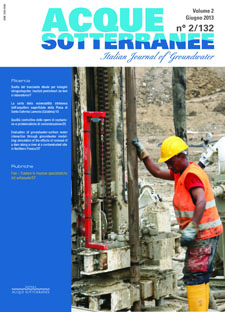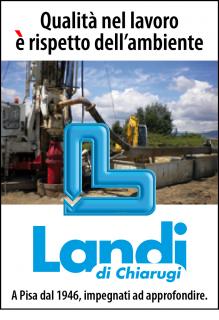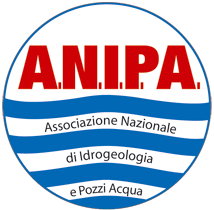A holistic approach to groundwater protection and ecosystem services in karst terrains
A holistic conceptual approach to groundwater and natural resources protection, surface and subsurface biodiversity conservation and ecosystem services in karst terrains is presented. Karst landscapes and aquifers consist of carbonate rock in which a part of the fractures has been enlarged by chemical dissolution. They are characterised by unique geomorphological and hydrogeological features, such as rapid infiltration of rainwater, lack of surface waters, and turbulent flow in a network of fractures, conduits and caves. Karst terrains contain valuable but vulnerable resources, such as water, soil and vegetation, and they provide a great variety of habitats to many species, both at the surface and underground, including many rare and endemic species. Karst systems deliver various ecosystem services and act as natural sinks for carbon dioxide (CO2) thus helping to mitigate climate change. It is demonstrated that all these resources and ecosystem services cannot be considered in an isolated way but are intensely interconnected. Because of these complex feedback mechanisms, impacts on isolated elements of the karst ecosystem can have unexpected impacts on other elements or even on the entire ecosystem. Therefore, the protection of natural resources, biodiversity and ecosystem services in karst requires a holistic approach.
Viene presentato un approccio concettuale di tipo olistico, valido per terreni carsici, per la protezione degli acquiferi e delle risorse naturali e per la conservazione della biodiversità degli ecosistemi epigei ed ipogei. I sistemi carsici sono del tutto peculiari per caratteristiche geomorfologiche ed idrogeologiche presentando una rapida infiltrazione dell’acqua meteorica, l’assenza di drenaggio superficiale ed il manifestarsi di flussi idrici turbolenti entro un reticolo di fratture, condotti e grotte. I terreni carsici ospitano risorse di valore ma vulnerabili, quali acqua, suolo e vegetazione, e forniscono le condizioni ottimali per una grande varietà di habitat popolati da numerose specie animali, sia epigee che ipogee, di cui molte sono rare ed endemiche. I sistemi carsici forniscono processi ecosistemici di valore per la biosfera e rappresentano punti di accumulazione della anidride carbonica contribuendo in tal modo a mitigare gli effetti del cambiamento climatico. È stato dimostrato che i processi di valore ecosistemico associati al karst non possono essere trattati in modo isolato ma come intensamente interconnessi.
A causa di complessi meccanismi di retroazione, impatti su elementi isolati di un ecosistema carsico possono determinare impatti inattesi, in cascata, su altri elementi e perfino sull’intero ecosistema.
Pertanto, la protezione delle risorse naturali, della biodiversità e delle funzionalità ecosistemiche nei terreni carsici richiede un approccio olistico.

